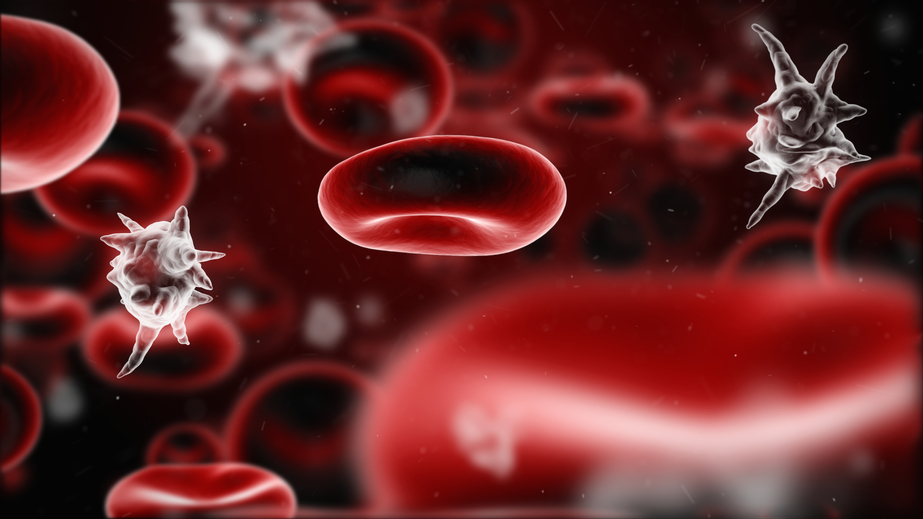Adult Sepsis



Description
This session covers non pregnant adults and children aged 12 years and over. It is aimed at all out of hospital clinicians, GPs, Nurses, Paramedics, Community Midwives and those providing urgent or unscheduled care. It will cover the subtle ways in which sepsis may present and highlight the history, examination and the management of the patient with sepsis. This session has been uptated to reflect the changes in NEWS2 2017 and will be referred to throughout this session.
Learning Objectives
By the end of this session you will be able to:
-
Describe various ways patients with sepsis may present and what to cover in the history
-
List the structured set of observations to support clinical decision making and to help stratify risk
-
Recall common pitfalls in diagnosis
-
Identify which patients with sepsis are highest priority for urgent admission and know about the early management of the patient with sepsis
Sepsis is a clinical syndrome when the immune system is switched on in response to infection. This response can be overwhelming and may lead to multi-organ failure.
Sepsis with shock is life threatening as the hypotension does not respond to fluids alone. Signs and symptoms may be very non-specific and can easily be missed especially since people with sepsis may not have an obvious history of infection, and fever is not present in all cases.
Alison Tavaré (MBChB FRCGP MSc DRCOG) is a Bristol GP and the Primary Care clinical lead with the 'Deteriorating Patient' team at the West of England Academic Health Science Network.
As the GP member of the NICE Guidelines Development Group for sepsis, Alison first became involved with the West of England AHSN to raise awareness of sepsis amongst her GP colleagues, but this evolved with the use of NEWS (National Early Warning Scores) to support the identification and management of the sick patient. This work has been a regional and system wide collaboration between primary care, out of hours, the ambulance service, and the acute trusts, and has resulted in a measured reduction from mortality from 'suspicion of sepsis'. The team have won the BMJ Awards 2018 'Patient Safety Team of the Year' and the HSJ 2018 Patient Safety award for the 'Deteriorating Patients and Rapid Response Systems'.
The 'Deteriorating Patient' team are now involved in supporting the national adoption and spread of NEWS2 out of hospital and in addition are working closely with NHSE to develop a regional strategy to improve outcomes for people with learning disability.


- Anaesthesia | Transfer | Modes of Transport
- Posted By eIntegrity Healthcare e-Learning
- Posted Date: 2024-11-22
- Location:Online
- This session considers the transport options available to critical care teams for the secondary and tertiary transfer of critically-ill patients.
- Anaesthesia | Sepsis | Resuscitation and treatment...
- Posted By eIntegrity Healthcare e-Learning
- Posted Date: 2024-11-22
- Location:Online
- This session describes the initial resuscitation for the patient with sepsis and septic shock. It focuses on the resuscitation and initial cardiovascular management of sepsis.
- Anaesthesia | Sepsis | Assessment and differential...
- Posted By eIntegrity Healthcare e-Learning
- Posted Date: 2024-11-22
- Location:Online
- This session describes how to assess a patient with suspected sepsis and recognize the differential diagnoses in suspected sepsis both on admission to hospital and in hospital.
- Anaesthesia | Sepsis | Sepsis Pathophysiology
- Posted By eIntegrity Healthcare e-Learning
- Posted Date: 2024-11-22
- Location:Online
- This session provides an overview of the pathophysiological processes that underpin normal immune response to infection. It then outlines how these contribute to the development of sepsis.
- Anaesthesia | Recognition of the critically ill pa...
- Posted By eIntegrity Healthcare e-Learning
- Posted Date: 2024-11-22
- Location:Online
- This session defines the mortality rate for patients admitted to ICUs in the UK and discusses important aspects of severity of illness scoring systems that are applied to this population. This session also looks at the longer-term non-mortality outcomes e






